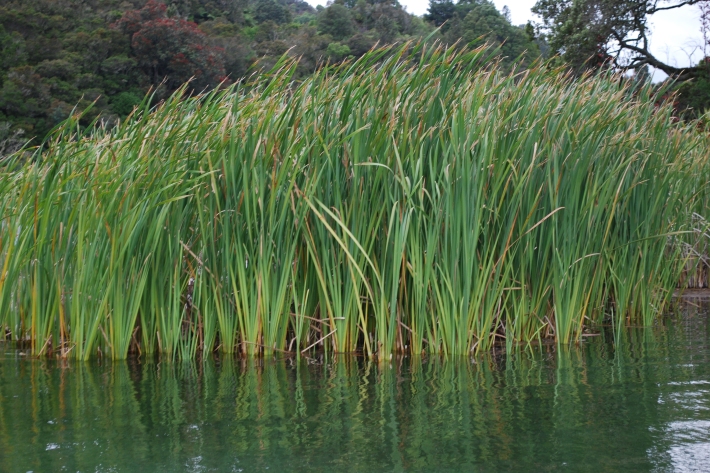-

Tuna - life cycle and leptocephalii
Freshwater eels have an unusual life cycle which sees them travelling between the ocean, estuaries and freshwaters. -
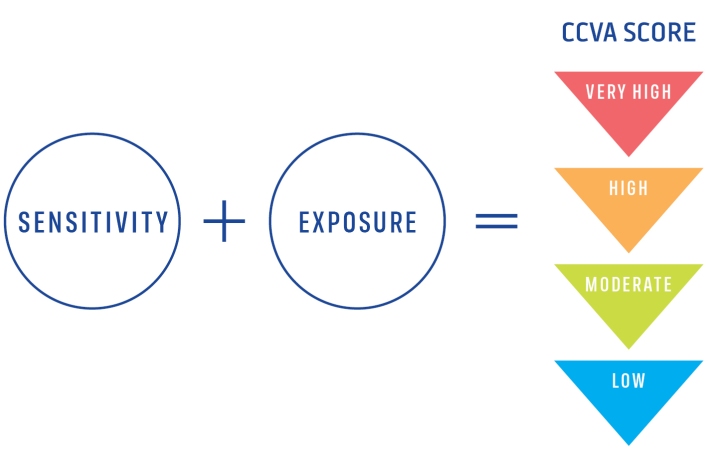
Climate Change Vulnerability Assessment (CCVA)
ServiceTo prepare for changes in climate, our freshwater and oceans decision-makers need information on species vulnerability to climate change. -

Tuna - habitat
Tuna are found in all sorts of habitats (places), including coastal estuaries, lakes, wetlands, rivers, mountain streams and even alpine tarns. -
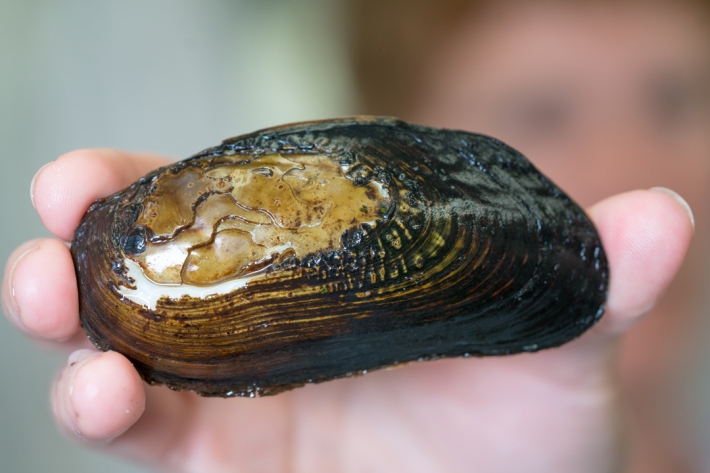
Taonga Species Series: Kākahi
Feature story06 June 2017What does science tell us about New Zealand freshwater mussels? -
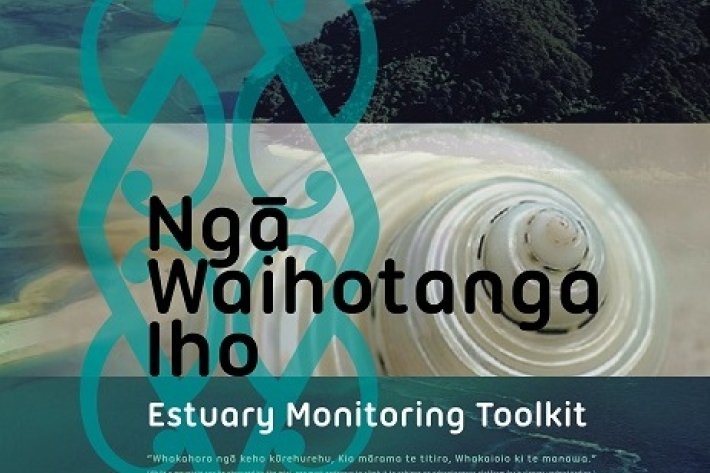
Toolkit development
A number of individuals, organisations and hapū have contributed to the development of Ngā Waihotanga Iho. -
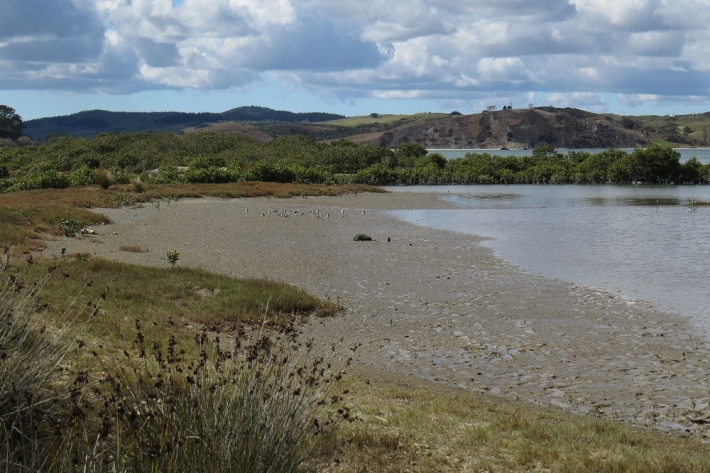
Getting started
Traditionally, tangata whenua have collected information about estuaries to monitor resources, such as kaimoana, and to make decisions about conservation measures, such as rähui. Increasingly, tangata whenua are using scientific tools to help monitor their natural resources and Ngä Waihotanga Iho provides a science perspective for talking about environmental issues and concerns related to estuaries. -
Ngā repo o Maniapoto - Maniapoto wetland inventory
Research ProjectThrough the Te Wai Māori fund Ngā Repo o Maniapoto is a collaborative project between NIWA and the Maniapoto Māori Trust Board (MMTB) Whanake Taiao team that looks to develop an inventory of repo and puna (springs) for the Maniapoto rohe. -
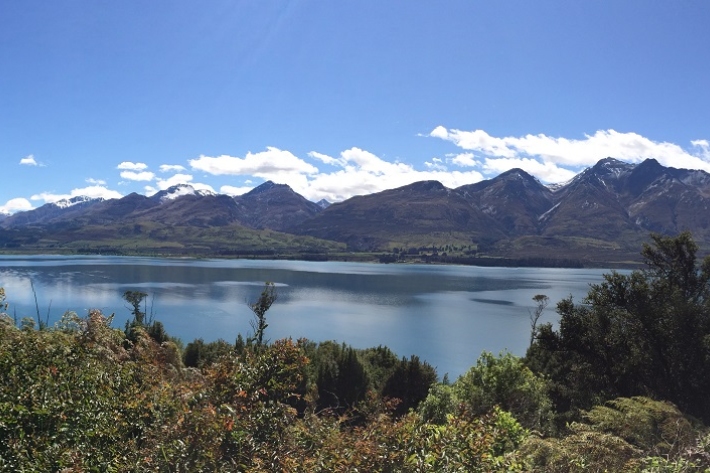
Ngā Kete o te Wānanga: Mātauranga, Science and Freshwater Management
Research ProjectNew Zealand’s freshwater and estuarine resources provide significant cultural, economic, social, and environmental benefits. Competition for the use of these resources is intensifying, and many rivers, lakes and estuaries are now degraded. -

Applying the right tools to restore kōura to lakes and streams
The tools available for restoring kōura to lakes and streams depend on what is causing kōura to decline. -

Identifying the problem for kōura
Identifying the factors causing kōura numbers to decline will allow you to determine which restoration tools you need to employ. -
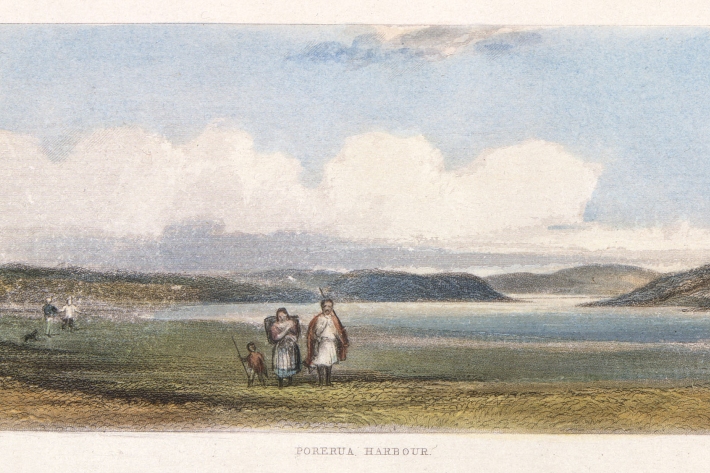
Warriors of the harbour: restoring estuarine health
Feature story15 November 2016Iwi has joined forces with councils and NIWA to restore an estuarine ecosystem to its former health. -
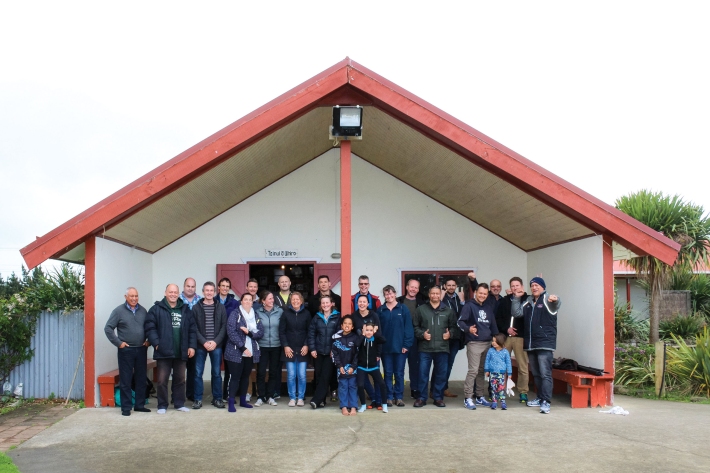
Partnering in research grows Māori economy
Feature story15 November 2016NIWA is working alongside Māori to develop gateways to science and technology partnerships that are helping grow the Māori economy.

